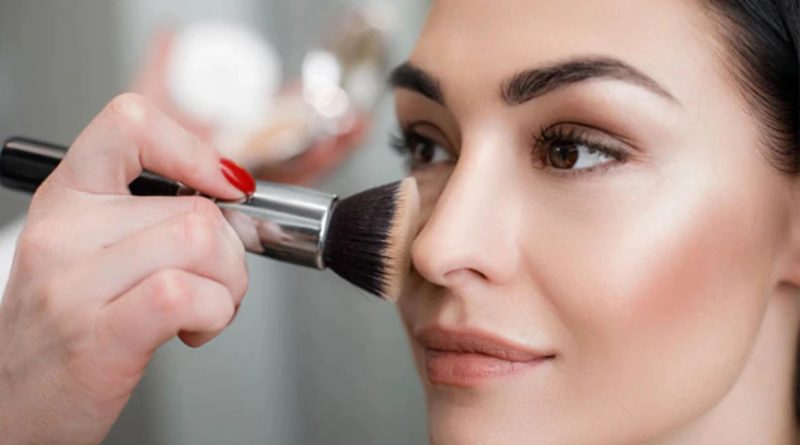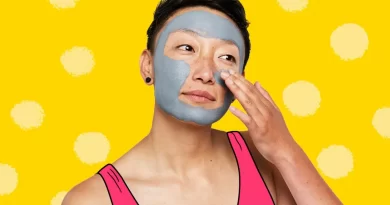Concealer Tips and Tricks: How to Use Concealer to Look Flawless
Few things can ruin your makeup as much as acne, dark circles, and other blemishes. To make your skin look flawless, use some concealer to cover up imperfections! This guide will provide tips and tricks on how to use concealer on specific parts of the face and why you should use it in the first place. Follow these steps, and you’ll be wondering why you didn’t start using concealer sooner!
Mixing two shades
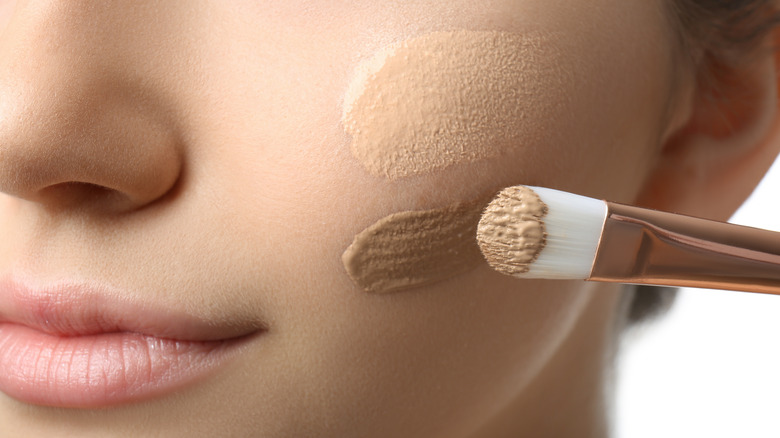
When it comes to concealer, mixing two shades is key for a flawless finish. If you have one that’s too light and one that’s too dark, mix them together until you find the perfect shade for your skin tone. Apply the lighter shade under your eyes in a V-shape, then blend it outwards. Next, apply the darker shade on any blemishes or areas of discoloration. Blend well and voila! You’ve got a beautiful face that’s ready for anything. After all, this is what fashion-forward women do – they use makeup to their advantage. With the right products and techniques, concealing imperfections has never been easier. Now go forth and look beautiful. But remember, if you’re not wearing eye shadow, no matter how much time you spend on concealer, it will not be as successful. Choose an eye shadow color from the same family as your eyeshadow to enhance the natural shape of your eyes. For those with monolid eyes (no crease), select a shimmery taupe brown for daytime wear and an electric purple for evening wear. Those with deep set eyes should select an eye shadow color from one notch above their eye color to give depth to their features.
Although it might be tempting to just layer on concealer, there’s a right way and a wrong way. For best results, pick two shades of concealer that are a bit lighter than your skin tone. If you’re very pale with pink undertones, try mixing light yellow with peach or salmon shades. Next, apply your lighter shade under your eyes in a V-shape – it’ll prevent creasing while filling any discoloration well enough that you can ignore it all day long (or night). Then apply your darker shade anywhere else that needs concealing. Use your fingers to blend well so that everything blends seamlessly into one another until it looks like you’re wearing nothing at all!
Hiding dark circles
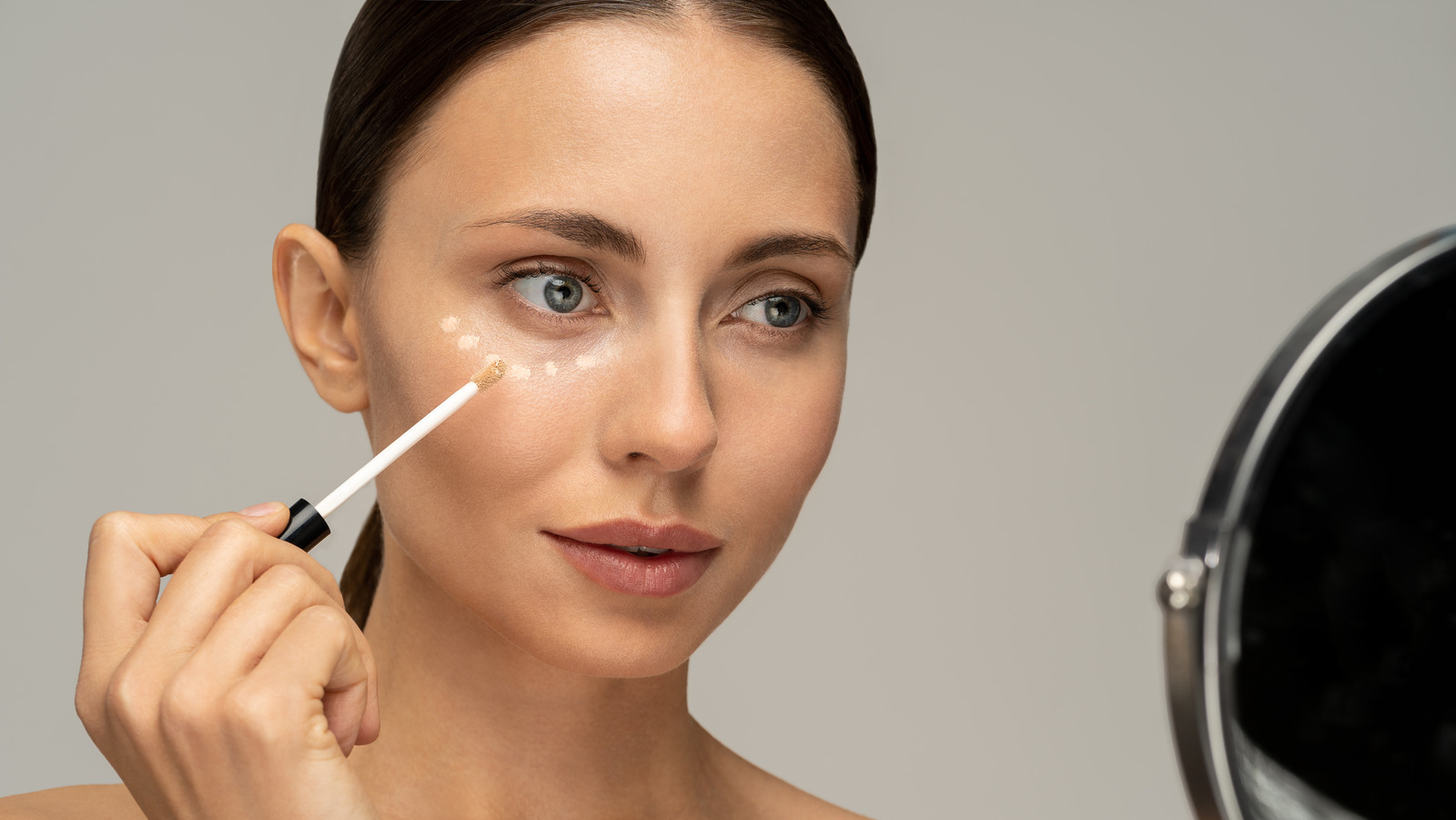
One of the most common uses for concealer is hiding dark circles under the eyes. To use concealer for this purpose, choose a shade that is one or two shades lighter than your skin tone and apply it with a small brush or your fingers in a tapping motion. Be sure to blend well so there are no lines of demarcation. If you have very dark circles, you may need to first apply a color corrector before your concealer. In addition to concealing dark circles, you can also use concealer on blemishes, birthmarks and scars as needed. For light-colored garments, look for creams rather than liquids. A good rule of thumb is that if your clothes are darker than your skin tone, liquid products work better because they provide more coverage. On the other hand, if your clothes are lighter than your skin tone, then creamier products tend to be more effective at covering up imperfections.
No matter what your natural skin tone, it’s likely that you’ll need concealer at some point in your life. Dark circles under your eyes, blemishes on your face or even tattoos can be concealed with a little bit of makeup. It may sound complicated, but with these tips you can learn how to use concealer like a pro! To get started, choose an eye cream that matches your skin tone as closely as possible. You may also want to choose one shade lighter than your skin tone for highlighting purposes later on if needed. Then just dab a small amount underneath each eye using a concealer brush or clean fingers for best results. Follow up by gently blending away any harsh lines so you’re left with perfect coverage.
Avoiding white residue

When it comes to fashion, there are few products more versatile than concealer. It can be used to cover blemishes, even out skin tone, brighten under-eye circles, and contour your face. However, if you don’t know how to use it properly, you can end up with white residue on your face that ruins your makeup. Here are a few tips on how to avoid this:
1. Make sure your skin is clean and moisturized before applying concealer. This will help the product go on smoothly and prevent it from clinging to dry patches.
2. Choose a concealer that matches your skin tone. If you’re not sure what shade to choose, ask for help at a makeup counter.
3. When applying concealer, start with a small amount of product. Too much can cause skin issues like blemishes or an uneven skin tone. Using a brush to apply your makeup can help you control how much product you’re applying and prevent excess.
4. Make sure you blend it in well with your skin, particularly if you’re using a thick concealer. Start from where you want to highlight and blend outwards. Avoid blobs of concealer that draw attention away from your best features.
Making the most of your concealer
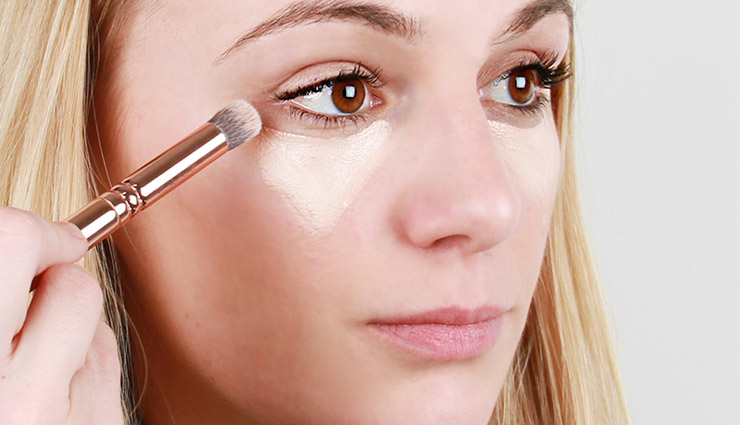
Concealer is one of the most versatile makeup products out there. It can be used to cover up blemishes, brighten under-eye circles, and even contour your face. But with so many different types and formulas on the market, it can be tough to know how to use concealer effectively. Here are some tips and tricks to help you get the most out of your concealer so you can look flawless:
1. start with a clean canvas. Make sure your skin is clean and moisturized before applying concealer. This will help the product go on smoothly and prevent creasing.
2. choose the right formula for your needs.
For fine lines, use a creamy concealer like Tom Ford Extra Eye Creamy Concealer. It’s a great option for your under-eye area because it brightens while also plumping up skin.
3. apply concealer in two steps. First, dab on a small amount under your eyes or wherever you need it. Then, smooth out any excess with a clean finger or brush for an even finish.
4. avoid overdoing it. Because concealer can look cakey if you apply too much, try dabbing on small amounts at a time until you reach your desired coverage level. Then, blend well so you don’t get spots of product that stick out on your skin.

